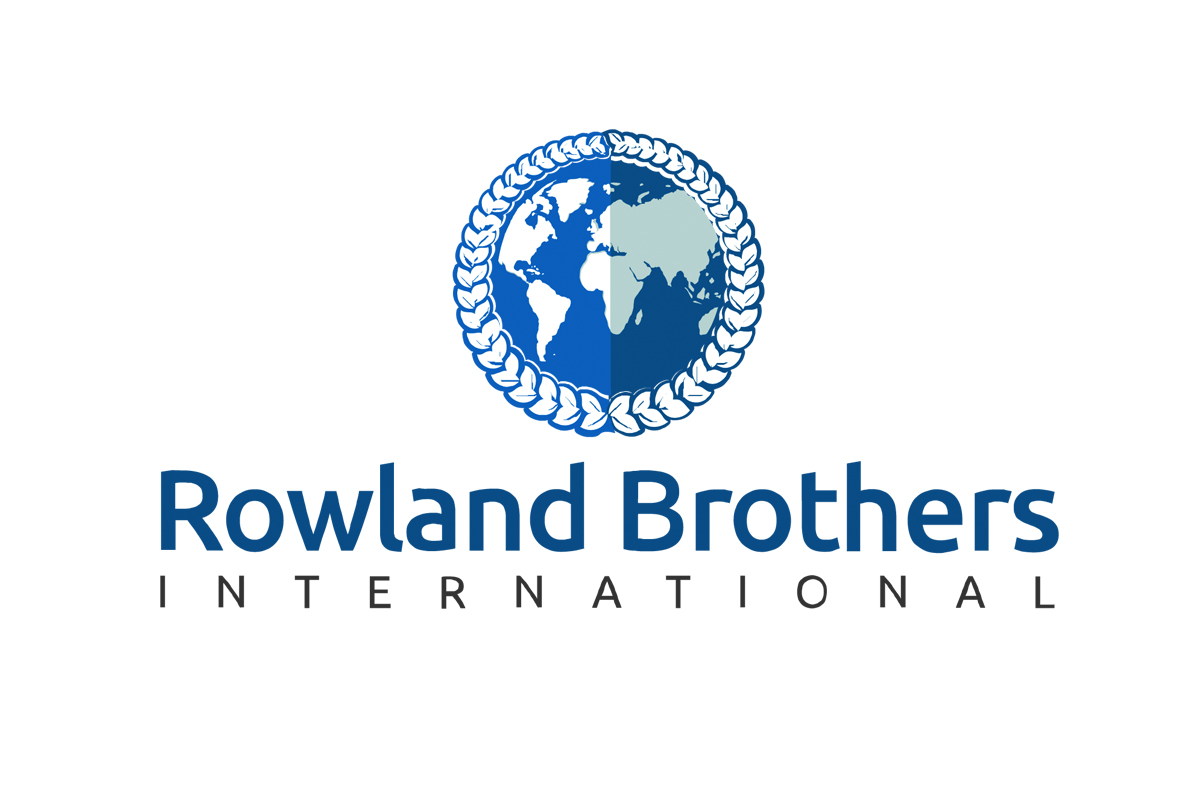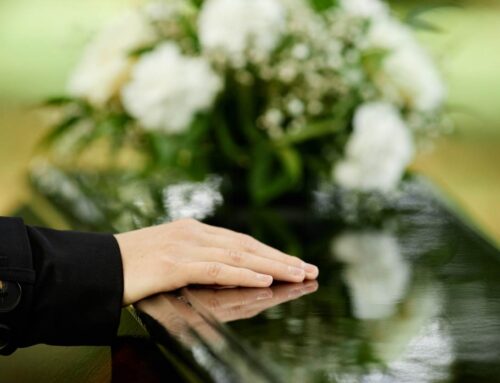|
Public Health England has published guidance that outlines infection prevention and control advice for healthcare providers assessing possible cases of WN-CoV.
Section 20 of this guidance is of relevance to funeral directors, particularly if you are asked to take a person who was suspected to have the virus into your care.
Please note that embalming is not recommended for anyone who was suspected to have been infected.
Section 20 is reproduced below.
20: Handling dead bodies
- the act of moving a recently deceased patient onto a hospital trolley for transportation to the mortuary might be sufficient to expel small amounts of air from the lungs and, thereby, present a minor risk;
- a body bag should be used for transferring the body, and those handling the body at this point should use full PPE;
- the outer surface of the body bag should be decontaminated (see environmental decontamination) immediately before the body bag leaves the anteroom area. This may require at least two individuals wearing such protective clothing, in order to manage this process;
- the trolley carrying the body must be disinfected prior to leaving the anteroom, including the wheels;
- prior to leaving the anteroom, the staff members must remove their protective clothing;
- once in the hospital mortuary, full PPE should be used if the body bag is opened;
- washing or preparing the body is acceptable if those carrying out the task wear PPE. Mortuary staff and funeral directors must be advised of the biohazard risk. Embalming is not recommended;
- if a post mortem is required, safe working techniques (eg manual rather than power tools) should be used and full PPE worn, in the event that power tools are used. High security post mortem suites are available if needed and can be discussed with the PHE incident team;
- after use, empty body bags should be disposed of as category A waste.
The full guidance document can be accessed by clicking here.
|






